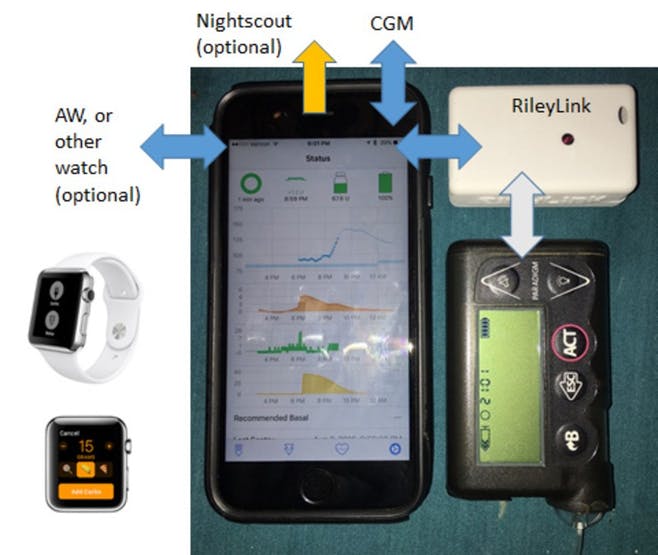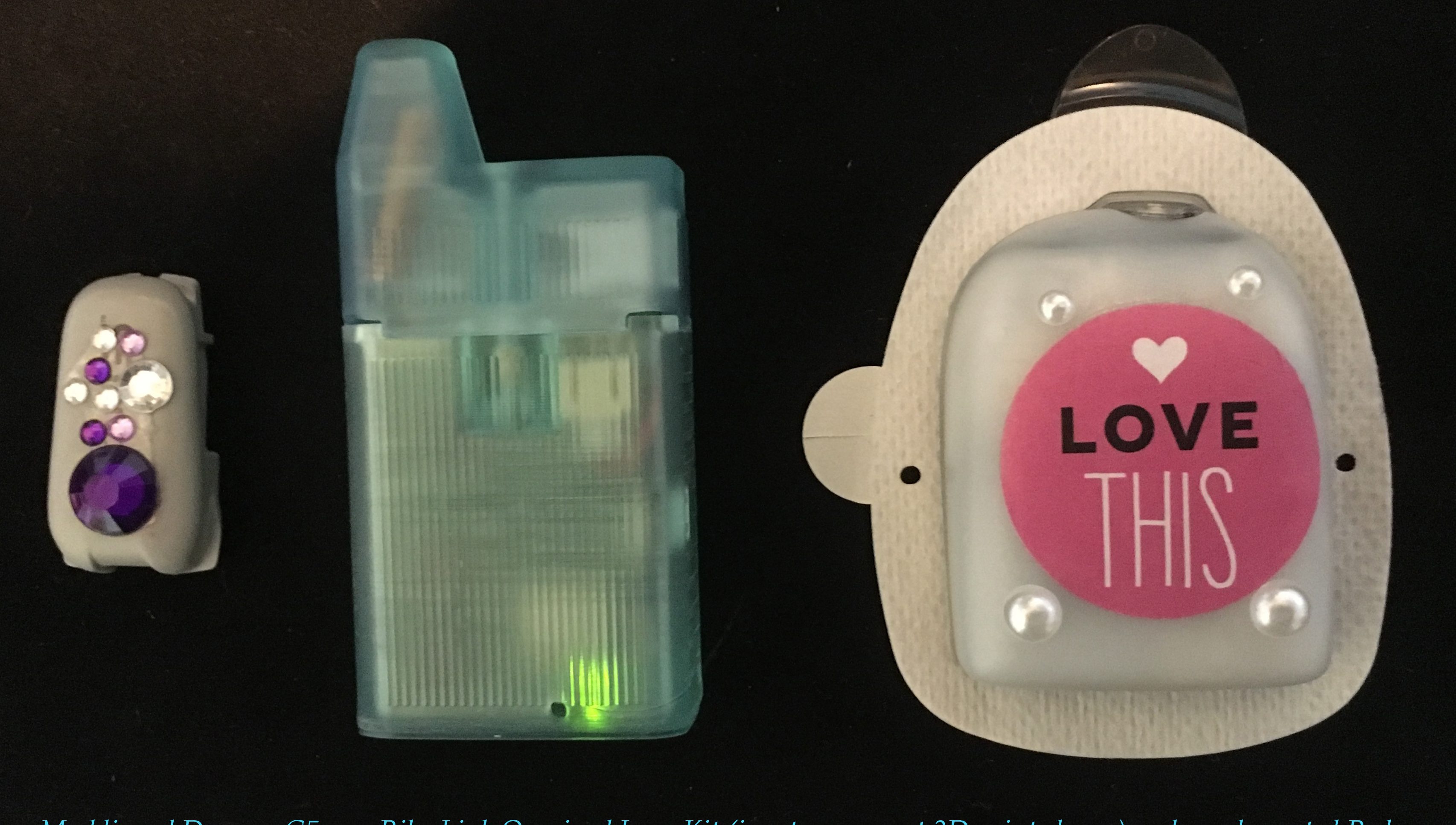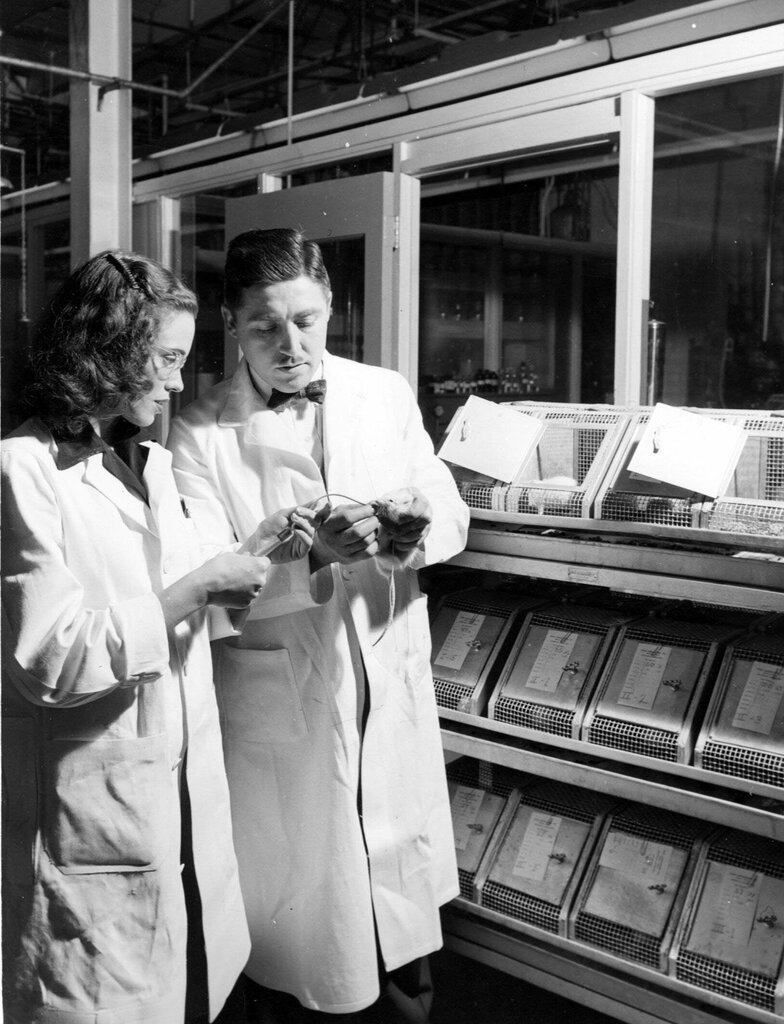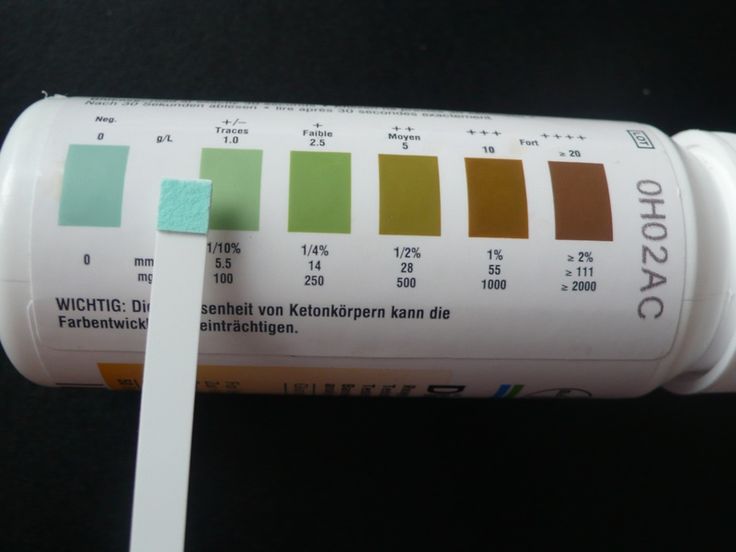‘Loop’ artificial pancreas software safe, effective with community support, as reported by Regina Schaffer for Healio.com/endocrinology.com, 24 May 2021.
 The Loop open-source system for a do-it-yourself automated insulin delivery system can be initiated with community-developed resources and used safely and effectively by adults and children with type 1 diabetes, real-world data show.
The Loop open-source system for a do-it-yourself automated insulin delivery system can be initiated with community-developed resources and used safely and effectively by adults and children with type 1 diabetes, real-world data show.
“This large prospective study of the popular Loop open-source DIY automated insulin delivery system showed that adults and children with type 1 diabetes can successfully initiate the system, use it safely, and improve their glucose control with it,” Roy W. Beck, MD, PhD, president and medical director of the Jaeb Center for Health Research Foundation Inc., told Healio. “This was true even for Loop users whose baseline glucose control was very good, and positive results were seen in spite of the fact that most users relied primarily on community-developed resources to build and operate the system, with limited informal digital resources and support.

As Healio previously reported, DIY artificial pancreas systems are considered an off-label use of diabetes devices and are not approved by the FDA. Still, many patients with type 1 diabetes seeking optimal glucose management want to give such systems a try. “Looped” and “LoopAndLearn” are Facebook groups created to make basic, DIY closed-loop technology widely available, currently has more than 26,000 members, worldwide. Other popular open-source systems include OpenAPS and AndroidAPS.
The nonprofit company Tidepool announced partnerships with Medtronic and Insulet to create interoperable automated insulin pump systems; Tidepool is currently working to get FDA approval for a version of the Loop software so that it can become more widely accessible and easier to initiate and use. Beck called Tidepool’s work “unique and compelling.”
Read more: ‘Loop’ artificial pancreas software safe, effective
Chemist Helped Invent Home Tests for Diabetics, as reported in the Washington Post, 7 May 2021. Helen Murray Free, who has died at age 98, teamed up with her husband to create color-coded strips
 Helen Murray, a straight-A student in high school, expected to become an English and Latin teacher when she enrolled at the College of Wooster in Ohio in September 1941. A few months later, when the Japanese attack on Pearl Harbor spurred an exodus of male students enlisting in the armed forces, a housemother in her college residence told her that young women would have to “step up and do science.” Ms. Murray switched her major to chemistry. That led to a career at Miles Laboratories Inc. in Elkhart, Ind., where she met her future husband, Alfred Free, who headed a biochemistry lab.
Helen Murray, a straight-A student in high school, expected to become an English and Latin teacher when she enrolled at the College of Wooster in Ohio in September 1941. A few months later, when the Japanese attack on Pearl Harbor spurred an exodus of male students enlisting in the armed forces, a housemother in her college residence told her that young women would have to “step up and do science.” Ms. Murray switched her major to chemistry. That led to a career at Miles Laboratories Inc. in Elkhart, Ind., where she met her future husband, Alfred Free, who headed a biochemistry lab. 

Helen Murray Free teamed up with her husband to invent color-coded strips of paper that could be dipped in urine to detect glucose levels. These Clinistix tests, introduced in 1956, allowed people with diabetes to test themselves regularly at home rather than relying on expensive laboratory tests. The strip technology also was applied to tests for proteins and many other substances.
President Barack Obama awarded Ms. Free the National Medal of Technology and Innovation. She also served as president of the American Chemical Society and was inducted with her husband in the National Inventors Hall of Fame.
Read more: Chemist Helped Invent Home Tests for Diabetics
Daniel Kaminsky, Internet Security Savior, Dies at 42 was reported by Nicole Perlroth for TheNewYorkTimes.com, 27 April 2021. If you are reading this obituary online, you owe your digital safety to him.
 Daniel Kaminsky, a security researcher known for his discovery of a fundamental flaw in the fabric of the internet, died on Friday at his home in San Francisco. He was 42. His aunt, Dr. Toby Maurer, said the cause was diabetic ketoacidosis, a condition that led to frequent hospitalizations in recent years.
Daniel Kaminsky, a security researcher known for his discovery of a fundamental flaw in the fabric of the internet, died on Friday at his home in San Francisco. He was 42. His aunt, Dr. Toby Maurer, said the cause was diabetic ketoacidosis, a condition that led to frequent hospitalizations in recent years.
In 2008, Mr. Kaminsky was widely hailed as a digital Paul Revere after he found a serious flaw in the internet’s basic plumbing that could allow skilled coders to take over websites, siphon off bank credentials or even shut down the internet. Mr. Kaminsky alerted the Department of Homeland Security, executives at Microsoft and Cisco, and other internet security experts to the problem and helped spearhead a patch.
He was a respected practitioner of “penetration testing,” the business of compromising the security of computer systems at the behest of owners who want to harden their systems from attack. It was a profession that his mother, Trudy Maurer, said he had first developed a knack for as a 4-year-old in San Francisco, after his father gave him a computer from Radio Shack. By age 5 he had taught himself to code.
His childhood paralleled the 1983 movie “War Games,” in which a teenager, played by Matthew Broderick, unwittingly accesses a U.S. military supercomputer. When Daniel was 11, his mother said, she received an angry phone call from someone who identified himself as a network administrator for the Western United States. The administrator said someone at her residence was “monkeying around in territories where he shouldn’t be monkeying around.” Without her knowledge, Daniel had been examining military websites. The administrator vowed to “punish” him by cutting off the family’s internet access. Mrs. Maurer warned the administrator that if he made good on his threat, she would take out an advertisement in The San Francisco Chronicle denouncing the Pentagon’s security.
“I will take out an ad that says, ‘Your security is so crappy, even an 11-year-old can break it,’” she recalled telling the administrator, in an interview on Monday. They settled on a compromise punishment: three days without internet.
Nearly two decades after he lost his access to the internet, Mr. Kaminsky wound up saving it. What Mr. Kaminsky discovered in 2008 was a problem with the internet’s basic address system, known as the Domain Name System, or DNS, a dynamic phone book that converts human-friendly web addresses like NYTimes.com and Google.com into their machine-friendly numeric counterparts. He found a way that thieves or spies could covertly manipulate DNS traffic so that a person typing the website for a bank would instead be redirected to an impostor site that could steal the user’s account number and password.
Mr. Kaminsky’s first call was to Paul Vixie, a longtime steward of the internet’s DNS system. The usually unflappable Mr. Vixie recalled that his panic grew as he listened to Mr. Kaminsky’s explanation. “I realized we were looking down the gun barrel of history,” Mr. Vixie recalled. “It meant everything in the digital universe was going to have to get patched.”
Over several days they cobbled together a solution in stealth, a fix that Mr. Vixie compared to dog excrement. But given the threat of internet apocalypse, he recalled it as being the best dog excrement “we could have ever come up with.”
 By the time Mr. Kaminsky took the stage at Black Hat annual hacking conference in Las Vegas that August, the web had been spared. Mr. Kaminsky, who typically donned a T-shirt, shorts and flip flops, appeared onstage in a suit that his mother had bought for him. She had also requested that he wear closed-toed shoes. He complied, sort of — twirling onto the stage in roller skates.
By the time Mr. Kaminsky took the stage at Black Hat annual hacking conference in Las Vegas that August, the web had been spared. Mr. Kaminsky, who typically donned a T-shirt, shorts and flip flops, appeared onstage in a suit that his mother had bought for him. She had also requested that he wear closed-toed shoes. He complied, sort of — twirling onto the stage in roller skates.
When his talk was complete, Mr. Kaminsky was approached by a stranger in the crowd. It was the administrator who had kicked Mr. Kaminsky off the internet years earlier. Now he wanted to thank Mr. Kaminsky and to ask for an introduction to “the meanest mother he ever met.”
Read more: Daniel Kaminsky, Internet Security Savior


I had met and visited with Helen a number of times. We Hoosiers are deeply proud of her and we hope she was proud of us. She was a fantastic person. She was so kind and giving. She will be missed. But oh what a life.
Thank you for the post on Daniel Kaminsky. He was a beloved white hat.